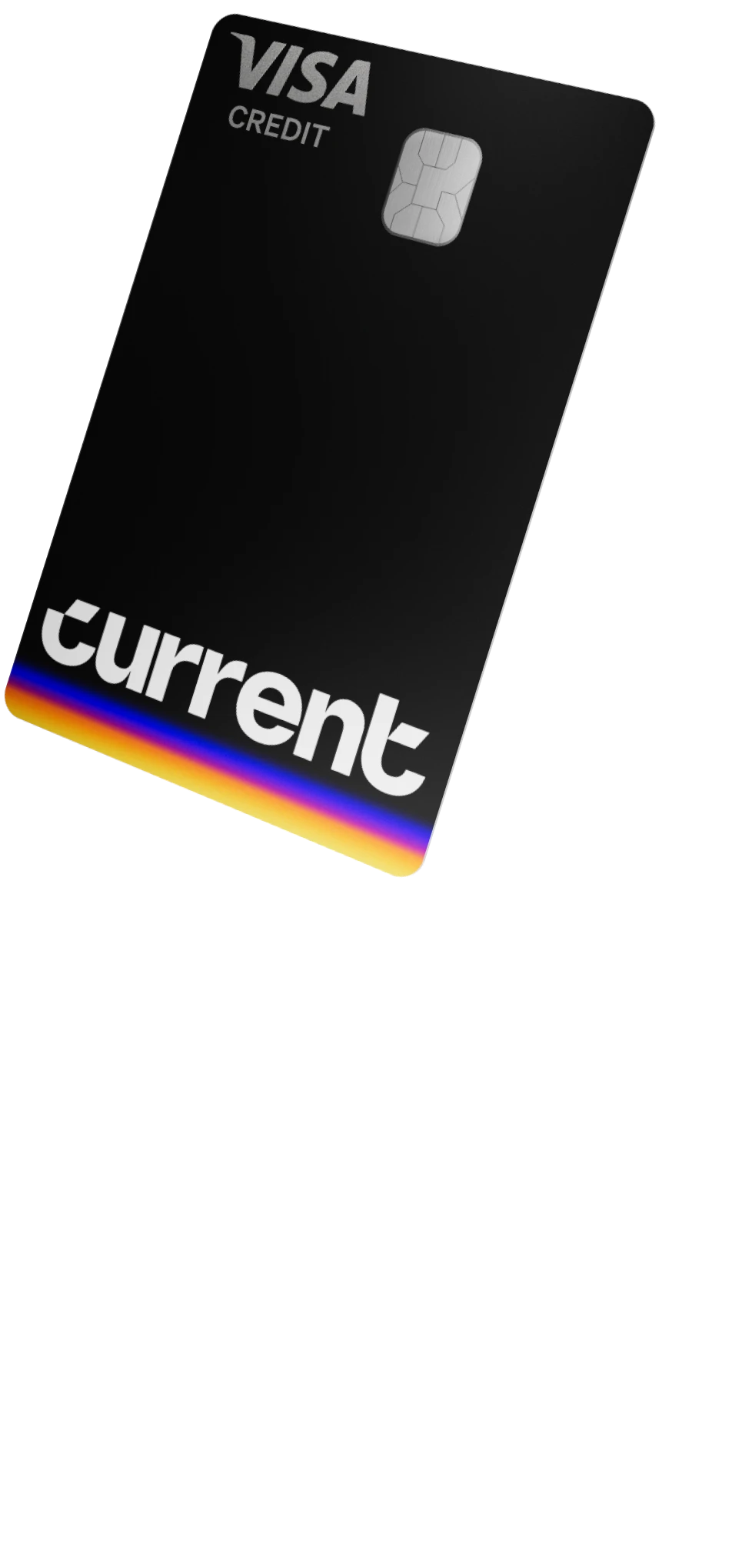To the rescue: Why you need an emergency fund

With the stock market at record highs and the unemployment rate at a modest 4.2%, an emergency savings fund might not seem like the most pressing need at the moment.
But in fact, this is exactly when you should be thinking about starting one.
The harsh reality is that many Americans do not have the cash to deal with the unexpected. A shocking 54% of Americans don’t have enough cash to cover three months’ worth of expenses, according to a survey by financial information site Bankrate.
Even worse, 24% of people don’t have any emergency savings at all.
That may not seem like a big deal in boom times. But Future You could very likely be dealing with a different economic landscape. And if you ever run into financial trouble, the stakes will be raised very high, very quickly.
“Maintaining an emergency fund can provide valuable peace of mind: You can go about your business knowing that unanticipated outlays won’t derail your financial plan,” says Christine Benz, a personal finance expert at financial research firm Morningstar and author of the new book “How To Retire”.
“Holding liquid reserves to cover unplanned expenses keeps people from having to tap their long-term investments or rely on unattractive forms of financing, like credit cards, if they need short-term cash.”
As an example, let’s do our best to peer a few months down the road. The U.S. economy has already contracted at a .5% annual rate in 2025’s first quarter, in part thanks to a highly uncertain tariff situation.
Meanwhile, employee confidence – those who foresee a positive six-month business outlook – just hit a record low, according to career site Glassdoor. And CEO confidence just had the largest decline in its history, according to the Conference Board.
That indicates that economic storm clouds are brewing. So if trouble hits, and you had to deal with a layoff: Would you have enough money to get through lean times, without having to take drastic action like raiding your retirement funds or putting your living expenses on high-interest credit?
If the answer is no, then you need to take action. Of course, emergency funds don’t materialize instantly: Doing it right requires thoughtful planning about how to get started, how much to accumulate, and where exactly to keep it. A few pointers:
Start Right Away
Presuming you don’t have thousands of dollars lying around, this project is going to require the gradual accumulation of small sums. So as the saying goes: The best time to start was yesterday, and the next best time is today.
That is best achieved by setting up regular deductions, which is easily arranged with your bank. “One of the best ways to create an emergency fund is to automate your savings,” says Marguerita Cheng, a financial planner and CEO of Blue Ocean Global Wealth in Gaithersburg, Maryland. “You can select an amount, as little as $50 every pay period, or on a pre-determined date every month.”
Do that before you have a chance to access that money for day-to-day expenses (often known as ‘paying yourself first’). Start small, and then hopefully boost that amount over time. Even just $20 a week, over the course of a year, amounts to over $1,000 – a fund that could prove to be critical in times of crisis.With Current, you can easily automate savings with round-ups. When you swipe your debit card, we round up your purchase to the nearest dollar and deposit it directly into your Saving Pods, where you can earn a bonus of up to 4.00% annually on your savings.
Aim High
To truly give yourself a cushion, aim for between 3-6 months’ worth of expenses. That way, if you are laid off suddenly, you can rest assured of keeping food on the table and a roof over your head even if you don’t find a new job for a while.
If you are financially able, aim even higher than that. “High earners, older workers, or sole/main earners in households with dependents should shoot for closer to a year’s worth of expenses,” suggests Morningstar’s Benz.
Giving yourself that financial breathing room has extraordinary effects: Those who are able to set aside at least $2,000 report a 21% increase in financial well-being, according to a survey by money manager Vanguard. And those who achieve 3-6 months’ worth of expenses? Even more than that, with another 13% boost.
Make it Work for You
Whatever you manage to set aside, there is no reason for it to be earning close to zero, as you might find at many big banks
Instead, you can create a positive snowball effect: Marguerita Cheng suggests looking into high-yielding accounts, some of which these days offer 4% or more on your money. With Current, you can earn up to a 4.00% bonus on money in your Savings Pods and can transfer funds back and forth from your Savings Pods to your spending balance without any restrictions or delays, in case you need any quick cash. Also keep in mind that the federal SECURE 2.0 Act also allows for penalty-free withdrawals from retirement funds in cases of emergency (with a limit of $1,000 per year).
Wherever you decide to house your emergency savings fund, there is no denying how critical it is – to establishing a first line of defense, keeping your financial plans on track, and helping you sleep at night no matter what economic storms may come.





